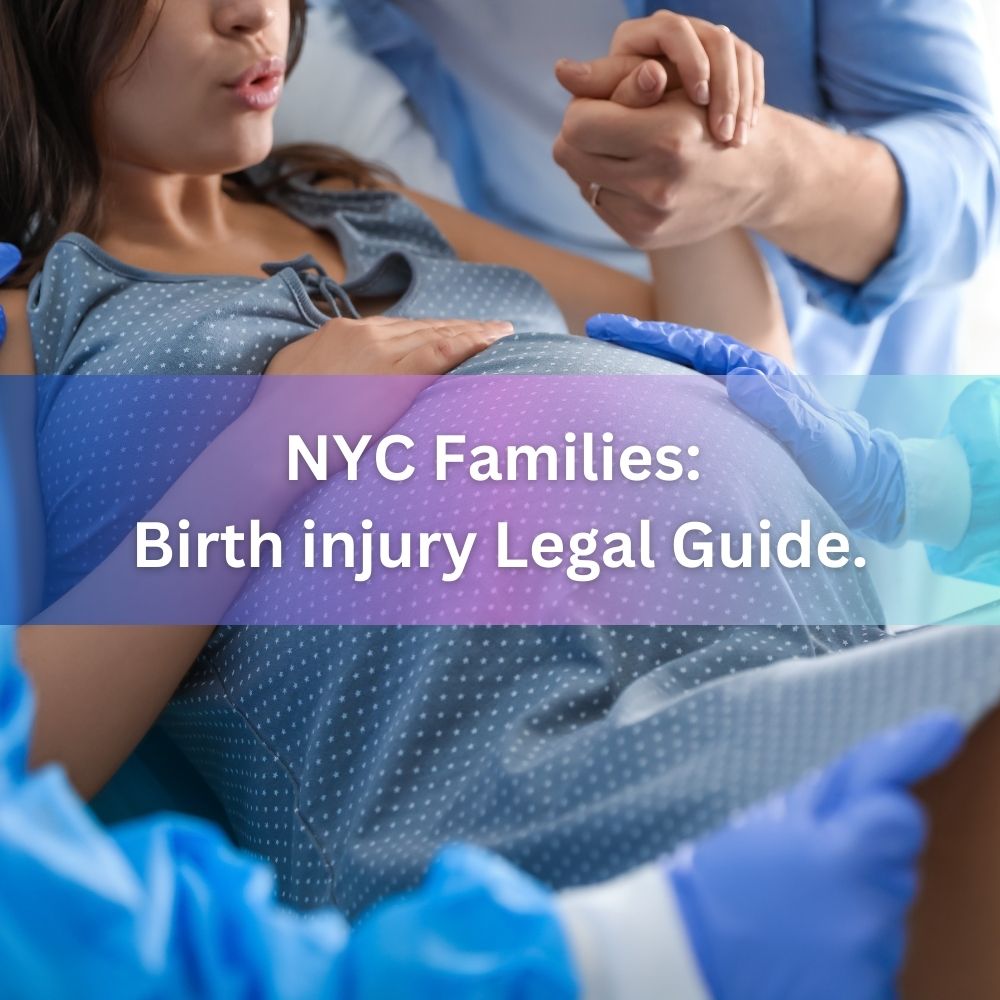The assumption of risk doctrine is a legal principle used in personal injury cases, including those related to medical malpractice and other areas of law. This doctrine essentially holds that an individual who voluntarily and knowingly engages in a potentially risky activity cannot later sue for injuries or harm resulting from that activity. The doctrine is based on the idea that when someone willingly participates in a dangerous activity, they are assumed to have accepted the inherent risks associated with it.
Key points about the assumption of risk doctrine include:
- Voluntary Participation: For the doctrine to apply, the individual must have voluntarily chosen to participate in the activity. This means that they were not forced or coerced into it.
- Knowledge of Risks: The person must also have had knowledge of the risks associated with the activity. In other words, they should have been aware of the potential dangers involved.
- Implied Consent: By participating despite knowing the risks, the individual is considered to have given their implied consent to assume those risks.
- Limitation on Liability: When the assumption of risk doctrine is successfully invoked in a legal case, it limits or, in some cases, entirely bars the injured party from seeking damages or compensation for injuries sustained during the activity.
The assumption of risk doctrine is not an absolute defense, and its application can vary depending on the specific circumstances of a case and the jurisdiction in which it is being argued. Courts may consider factors such as the clarity of warning signs or instructions, the nature of the activity, and whether any reckless behavior on the part of the defendant contributed to the injuries.
Additionally, in some cases, even if the assumption of risk doctrine applies, it may not absolve the defendant of all liability. For example, if the injured party can demonstrate that the defendant’s actions were grossly negligent or that they intentionally caused harm, the assumption of risk defense may not hold.
Ultimately, the application of the assumption of risk doctrine can be complex, and its effectiveness as a legal defense will depend on the specific facts and circumstances of each case. Legal advice from an attorney experienced in personal injury law is essential for anyone facing or pursuing a case involving this doctrine.
How Defendants May Use Assumption of Risk
Defendants in a legal case may use the assumption of risk doctrine as a defense strategy when they believe that the plaintiff’s injuries or harm resulted from their voluntary participation in a potentially dangerous activity. Here are the steps involved in how a defendant might use this doctrine:
- Identify Applicable Situations: The defendant’s attorney will first identify situations in which the assumption of risk doctrine might apply. This typically involves analyzing the circumstances surrounding the incident and determining whether the plaintiff knowingly and voluntarily participated in an activity with inherent risks.
- Establish Knowledge and Voluntary Participation: To use the assumption of risk defense effectively, the defendant’s attorney must establish that the plaintiff had knowledge of the risks associated with the activity and voluntarily chose to engage in it. This may involve presenting evidence such as signed waivers or consent forms, warning signs, or witness testimonies.
- Argue Implied Consent: The defense will argue that, by participating in the activity despite knowing the risks, the plaintiff gave their implied consent to assume those risks. The defendant’s attorney may present this argument to the court or jury as a key element of their case.
- Challenge Plaintiff’s Claims: The defendant’s attorney will challenge the plaintiff’s claims by arguing that any injuries or harm suffered were a foreseeable consequence of the activity. They may assert that the plaintiff’s injuries were not caused by negligence on the part of the defendant but rather were inherent risks that the plaintiff willingly accepted.
- Present Evidence: Evidence, such as documentation of safety precautions taken by the defendant or industry-standard safety practices, may be presented to demonstrate that the defendant acted reasonably and that the plaintiff was aware of these precautions.
- Negligence or Gross Negligence: In some cases, the defendant may argue that the assumption of risk does not apply because they were negligent or acted with gross negligence, which goes beyond the inherent risks of the activity. They might contend that their actions were reckless or intentionally harmful, which could negate the defense.
- Jury Instructions: If the case goes to trial, the defendant’s attorney may request jury instructions that include the assumption of risk doctrine and its application to the case. The jury will then consider this doctrine when reaching a verdict.
The effectiveness of the assumption of risk defense can vary depending on the jurisdiction, the specific facts of the case, and the quality of evidence presented. Courts may also consider public policy concerns and whether the plaintiff’s participation was truly voluntary and informed. In some cases, the doctrine may partially limit liability, while in others, it may result in a complete bar to the plaintiff’s claims.
How Plaintiffs Can Argue Against Assumption of Risk
A plaintiff can argue against the assumption of risk doctrine by challenging the defendant’s claim that they voluntarily accepted the risks associated with a particular activity. To successfully counter this defense, the plaintiff’s attorney can use several strategies:
- Lack of Informed Consent: The plaintiff can argue that they did not provide informed consent regarding the specific risks involved in the activity. They may claim that the defendant or responsible party failed to adequately inform them of the risks or provided misleading information.
- Duress or Coercion: If the plaintiff participated in the activity due to duress, coercion, or pressure from the defendant or another party, they can argue that their participation was not truly voluntary. For example, if an employer coerces an employee into participating in a hazardous task, the assumption of risk defense may not apply.
- Inherent Risks vs. Negligence: The plaintiff can distinguish between inherent risks associated with an activity and negligent actions by the defendant. They can argue that while they understood and accepted certain inherent risks, the harm they suffered was a result of the defendant’s negligence, which goes beyond what they reasonably anticipated.
- Unforeseeable Risks: Plaintiffs can argue that the specific harm or injury they experienced was unforeseeable and not a typical risk associated with the activity. They may present evidence to show that the defendant’s conduct deviated from industry standards or safety norms.
- Violation of Duty of Care: Plaintiffs can assert that the defendant owed them a duty of care, and the assumption of risk doctrine should not apply if the defendant breached that duty. This argument can be used to challenge cases where there was a legal obligation to provide a safe environment or conditions.
- Public Policy Considerations: Plaintiffs can argue that public policy considerations should outweigh the assumption of risk defense. For instance, in cases involving gross negligence, willful misconduct, or violations of statutory safety regulations, courts may be less inclined to apply the defense.
- Limited Knowledge of Risks: If the plaintiff lacked full knowledge of the risks involved or did not fully understand the implications of their actions, they can argue that their assumption of risk was not informed or voluntary.
- Comparative Negligence: In some jurisdictions, plaintiffs may be allowed to argue comparative negligence, suggesting that both the plaintiff and defendant were negligent to varying degrees. This argument can reduce the plaintiff’s liability while still acknowledging some level of assumption of risk.
The effectiveness of these arguments can vary depending on the specific circumstances of the case and the jurisdiction’s laws. Plaintiffs should work closely with their attorneys to build a strong case that challenges the assumption of risk defense and supports their claims for damages or compensation. Legal strategies may also involve presenting evidence, expert testimony, and case law to bolster these arguments.
If you’re building a medical malpractice case, you can get in touch with the team here at Merson Law PLLC for an initial consultation to see if we’re the right fit for your needs.







